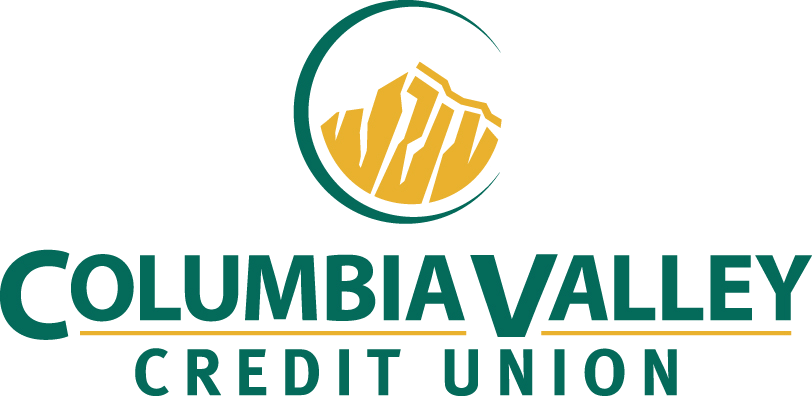
Email Viruses and Harmful Software
E-mail is an invaluable tool, which also makes it a great way to spread viruses and other malicious software.
- Be suspicious of e-mail attachments from unknown sources. If you do not know or recognize the sender of the e-mail, do not open the attachment.
- Be skeptical of links to Web sites. Rather than clicking on a link within your e-mail message, copy the URL and paste it into your Web browser. Sometimes the underlying URL is different from what appears in the e-mail message.
- Do not provide confidential personal or banking information to anyone in an e-mail — even if you think the e-mail is going to an organization or person you trust.
- Avoid spam (unsolicited e-mail, a.k.a. junk mail).
- never reply to spam (you are just verifying that they have found a good address) even if there is an "unsubscribe" option
- enable your e-mail software's spam filtering features
- do not post your e-mail address on any Web page
- use a free e-mail account address (such as through yahoo.com) when filling out Web forms
- when filling out a Web form, uncheck the box indicating you would like "additional information" or "production information from related vendors"
Most independent software vendors of antivirus programs work with e-mail account providers to offer services to counter spam. Ask the vendor for details.
